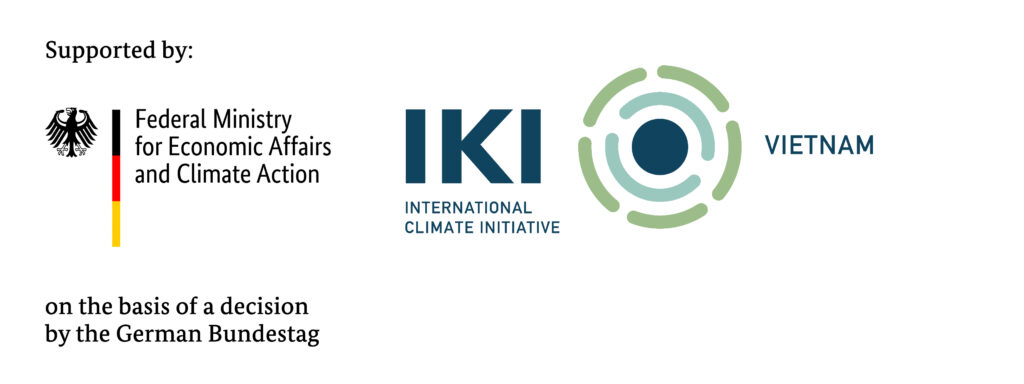From 2015 to 2018, a German-Vietnamese project consortium[1] implemented the pilot project “Climate Protection through Energy Plants (CPEP)” funded by IKI. Due to an emerging rising demand for bioenergy in Vietnam during this time, the project aimed to show ways of increasing national biomass and bioenergy production without competing for land with food production and at the same time preventing further negative effects of land use changes (LUC). To this end, the project pursued the approach of using post-mining sites for the cultivation of biomass as feedstock for different bioenergy technologies. In Vietnam, such areas are numerous and cannot be used for food cultivation due to poor soil quality and possible contamination. On three pilot areas in the north and south of Vietnam, it was tested which energy crop systems are suitable for former mining sites. The analysis of the project results showed that the cultivation of cassava on such areas is feasible from an agricultural perspective and that the greatest effects can be achieved from a climate protection and economic point of view by using this cassava as feedstock for bioethanol production due to two main reasons: The few bioethanol factories operating in Vietnam use technology that can process cassava and corn, and a prognostic life-cycle assessment showed that the use of E5 and E10 petrol with the addition of bioethanol from cassava grown on former mining areas can result in CO2 emission savings of up to 50% compared to the use of conventional petrol. This CO2 savings potential is thus significantly higher than that of using conventionally grown cassava, because negative LUC effects on former mining areas can be almost completely avoided.
Building on these findings from the previous project, the follow-up project (CPEP 2), which has been running since 2020, is testing and investigating the possibilities of further increasing the yield of cassava cultivation on a post-mining area in Lam Dong Province. The first harvest after nine months of cassava cultivation in February 2022, shows a promising mean yield of 44% compared to the average cassava yield of 19 t/ha cultivated on conventional sites in the district of Bao Lam in 2020. The cassava roots were classified as highly suitable for bioethanol production according to their composition and, in particular, their starch content of 30.41%. With an optimisation of the irrigation in the initial growth stage and a specific nutrient supply, this yield can be significantly increased in the following period. For this purpose, the results of the soil and plant samples are currently further analysed. This will help to better monitor subsequent cassava cultivation and to deal with elevated levels of heavy metals in the soil due to the site’s history.
[1] The consortium consisted of the Independent Institute for Environmental Issues (Unabhängiges Institut für Umweltfragen – UfU), the Ruhr University Bochum (RUB), and Dr. Mark, Dr. Schewe & Partner (MSP) from Germany, and the Vietnam Environmental Administration (VEA), the Thai Nguyen Universtity of Agriculture and Forestry (TUAF), and the Vietnam Society of Soil Science from Vietnam and cooperated with the mining companies VINACOMIN and Nui Phao Mining
